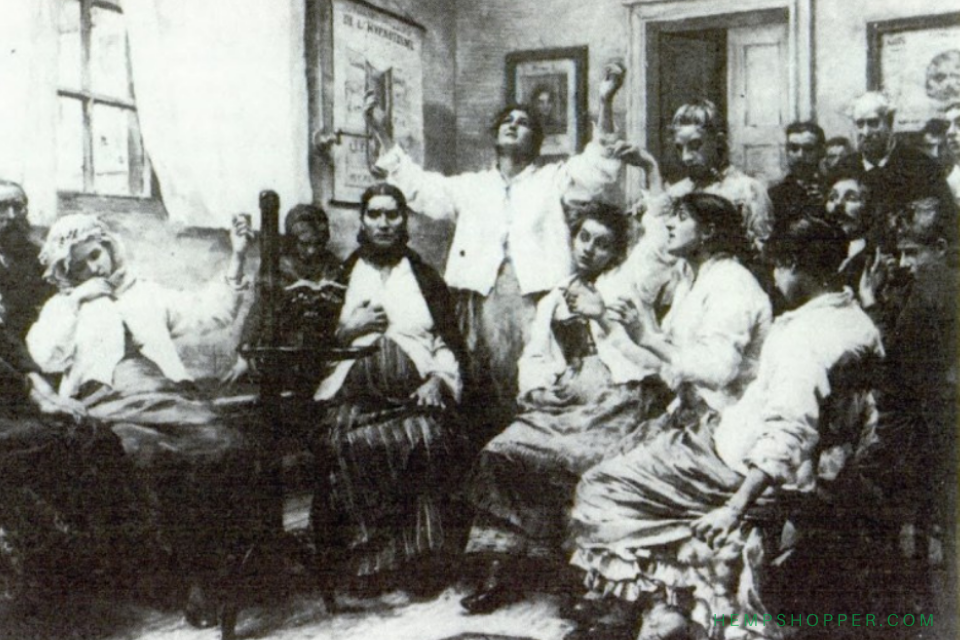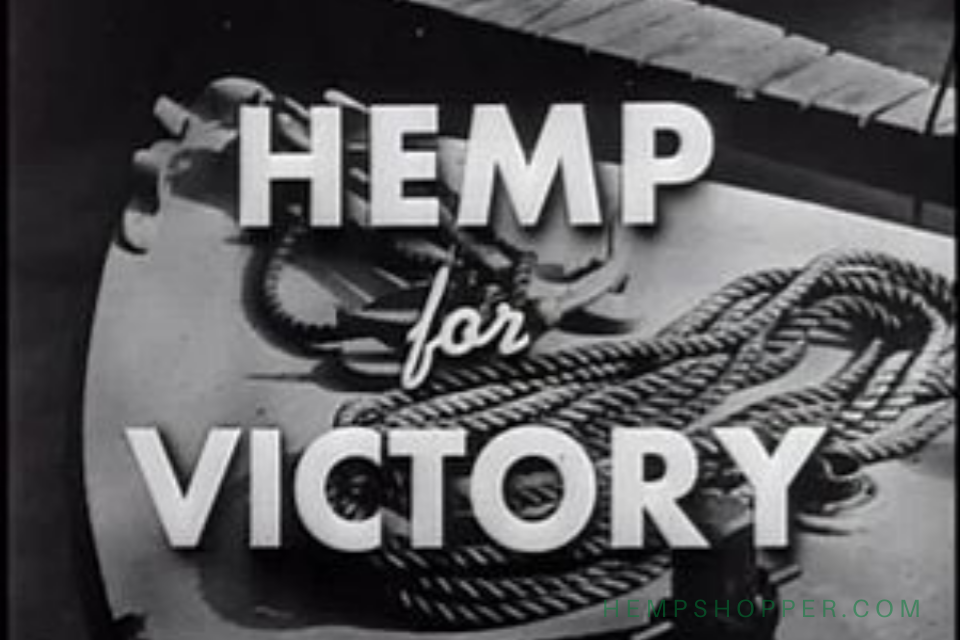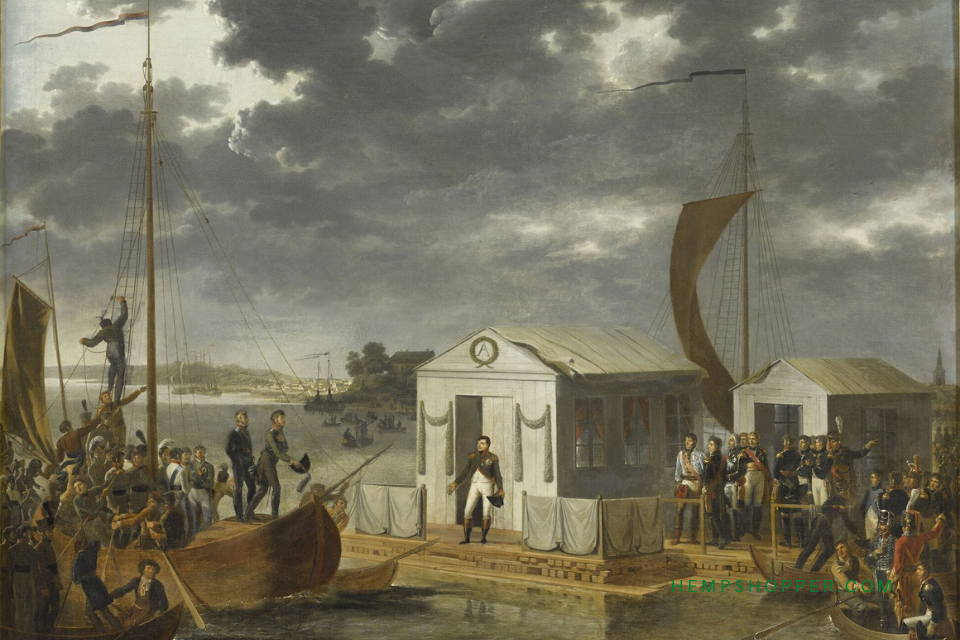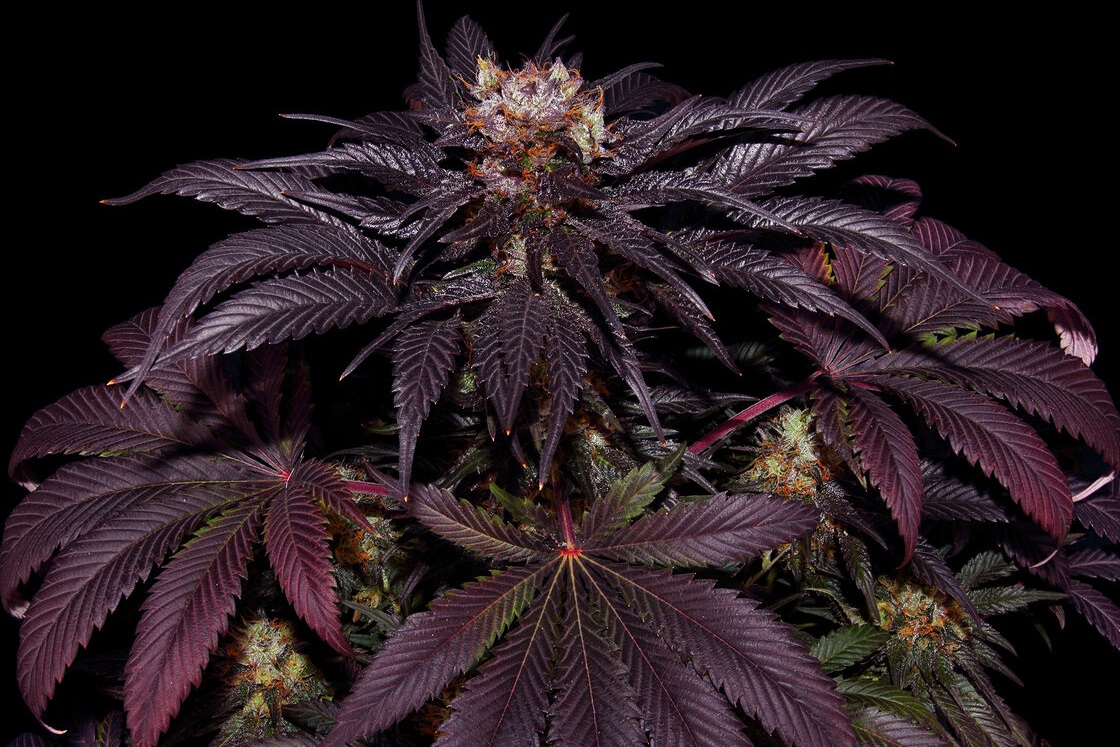1843: Colonial cultures clash over cannabis

1843: Colonial cultures clash over cannabis.
When the Empires of Holland and Britain found their way to Africa, dagga smoking(as the indigenous population knew cannabis) had become a deeply entrenched part of the culture, since spreading southwards from the Arabic corner of the continent. Like much of the western world had become besotted with alcohol, much of Africa had a strong connection with dagga; an intoxicant that is also a relaxant, a social lubricant and an essential ingredient of their spiritual practises. Although the western population of Africa had generally always seen the use of the drug as morally reprehensible, it was not until 1843 that the white ruling class began to actively oppose it’s use, when a second culture immersed in cannabis use was brought to the Cape Colony by the rulers themselves.
When England annexed the Republic of Natalia (Natal) to South Africa in 1843, a huge growth in the sugar industry required many more laborers to work the fields. Native hands proved short, and workers were sought from throughout the Empire; from the British colony of India came 6000 Indians of ‘low-caste’, who came to be known as ‘coolies’. Although intended exclusively for the fields, many of the emigres eventually became semi-skilled laborers, servants, farmers, shopkeepers, fishermen etc. But although they fitted into the European way of life, they would never be part of it. Their dark skin, culture, social and religious background and language set them apart from both Europeans and native Africans.
Their proportion in the work force, coupled with the contemporary Indian habit for cannabis smoking, lead to the formulation of the belief that marijuana made the ‘coolies’ sick and lazy and therefore unable to work, and also led them to commit criminal acts. Acquiring their cannabis from the natives, they had no need to import the seed from their homeland. It was not long, however, before the South African government took legal action to hinder its use. By 1870, the European colonists had passed a law “prohibiting the smoking, use, or possession by the sale, barter, or gift to, any coolies whatsoever, of any portion of the hemp plant”.
But, similarly to other countries, the anti-cannabis laws were ignored in Africa. In 1887, the Wragg Commission concluded that the “coolies” use of the drug hadn’t decreased and that the drug was dangerous to white South Africans. Again, more laws were put in place, to outlaw the cultivation, possession, and use of cannabis. Such laws were no more successful than previous ones.
In 1923, South Africa attempted to enlist the aid of the League of Nations in outlawing cannabis on an international scale, but to no avail. The result was a familiar one the world over: the attempt to legislate cannabis out of existence, met with a tenacious enthusiasm from the plants habitual users who’s faith in the plant seems to be unshakable.
Photo: Main routes of the slave import to the Cape Colony, by Oxford Research Encyclopedia. Research and text © Hempshopper Amsterdam.


 Hempshopper Amsterdam
Hempshopper Amsterdam 





